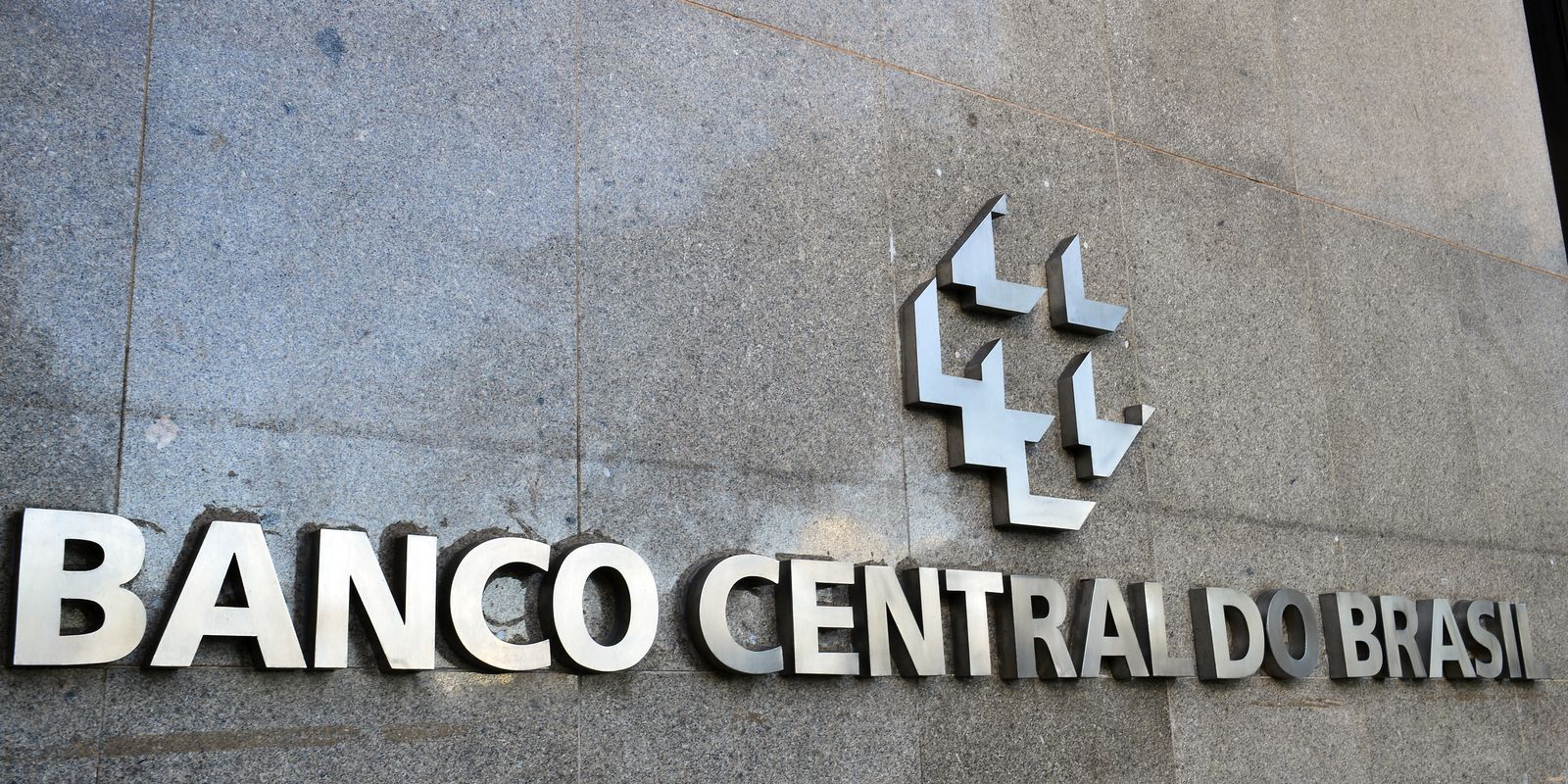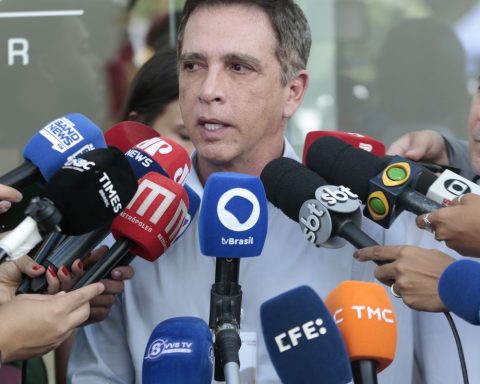The Monetary Policy Committee (Copom) of the Central Bank (BC) decides this Wednesday (6) by how much to raise the basic interest rate, the Selic. The recent rise in the dollar and the impact of the drought on the price of energy and food has left it unclear whether the board will raise basic interest rates for the second time in more than two years.
According to the most recent edition of the Focus bulletin, a weekly survey of market analysts, the base rate should rise by 0.5 percentage points at this meeting, to 11.25% per year, and end 2024 at 11.75% per year. In the statement from the last meeting, in September, the Copom justified the interest rate hike based on the resilience of economic activity and pressure on the labor market.
This Wednesday, at the end of the day, Copom will announce the decision. After spending a year at 13.75% per year between August 2021 and August 2022, the rate had six cuts of 0.5 points and one cut of 0.25 points, between August last year and May this year. At meetings in June and July, the Copom decided to maintain the rate at 10.5% per year, at the lowest level since February 2022, but began raising the Selic in July this year.
Inflation
In the minutes of the most recent meeting, the Copom reported that the economic scenario requires a contractionary monetary policy and did not rule out an increase in the rate of interest rate hikes. The members of the collegiate stated that they all agreed to start the upward cycle gradually, mainly due to the context of domestic and external uncertainties.
According to the latest Focus bulletin, a weekly survey of financial institutions carried out by the BC, the inflation estimate for 2024 rose from 4.38% four weeks ago to 4.59%. This represents inflation above the target ceiling established by the National Monetary Council (CMN), of 3% for this year, which could reach 4.5% due to the tolerance interval of 1.5 points.
In October, the Broad National Consumer Price Index (IPCA), considered the official inflation was 0.44%driven by the red flag on electricity bills and the price of food, which rose due to the drought at the beginning of the semester.
In September, the Minister of Finance, Fernando Haddad, admitted that the prolonged drought will impact food prices. At the time, the minister argued that the food supply shock should not be resolved through interest.
In recent months, according to the Brazilian Institute of Geography and Statistics (IBGE), food and services have driven inflation. As a result, the IPCA accumulates an increase of 4.42% in 12 months, increasingly closer to the target ceiling for 2024.
Selic Rate
The basic interest rate is used in negotiations on public bonds issued by the National Treasury in the Special Settlement and Custody System (Selic) and serves as a reference for other rates in the economy. It is the Central Bank’s main instrument for keeping inflation under control. The BC operates daily through open market operations – buying and selling federal public bonds – to keep the interest rate close to the value defined at the meeting.
When Copom increases the basic interest rate, the purpose is to contain heated demand, and this has an impact on prices because higher interest rates make credit more expensive and encourage savings. Therefore, higher rates can also make it difficult for the economy to expand. But, in addition to the Selic, banks consider other factors when defining the interest charged to consumers, such as risk of default, profit and administrative expenses.
By reducing the Selic, the tendency is for credit to become cheaper, encouraging production and consumption, reducing inflation control and stimulating economic activity.
The Copom meets every 45 days. On the first day of the meeting, technical presentations are made on the evolution and prospects of the Brazilian and world economies and the behavior of the financial market. On the second day, the members of the Copom, formed by the BC board, analyze the possibilities and define the Selic.
Goal
For 2024, the inflation target that must be pursued by the BC, defined by the National Monetary Council, is 3%, with a tolerance range of 1.5 percentage points up or down. That is, the lower limit is 1.5% and the upper limit is 4.5%. For 2025 and 2026, the targets are also 3% for both years, with the same tolerance interval.
In the latest Inflation Report, released at the end of September by the Central Bank, the monetary authority maintained the forecast that the IPCA will end 2024 at 4.31% but the estimate was released before the recent rise in the dollar and the impact of the drought. The next report will be released at the end of December.


















